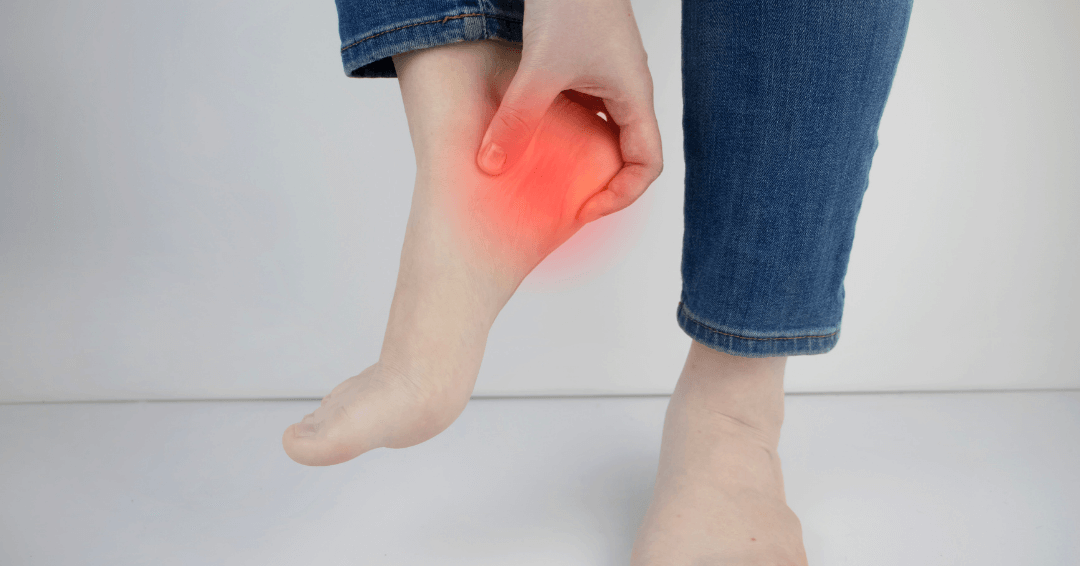PRP injections use a concentrated solution of a patient’s own platelets to stimulate healing and reduce inflammation in damaged tissues. For individuals with plantar fasciitis, this treatment offers a minimally invasive option when traditional therapies fall short. Understanding how PRP injections work and their potential benefits can help patients make informed decisions about managing chronic foot pain.
Plantar Fasciitis and Its Challenges
Plantar fasciitis develops when the plantar fascia tissue becomes strained or torn from overuse, improper footwear, or biomechanical issues. The condition causes sharp pain in the heel, especially during the first steps in the morning or after periods of rest. Traditional treatments often provide temporary relief but may not address the underlying tissue damage.
Conservative therapies like physical therapy, orthotics, and anti-inflammatory medications work for many patients. Some people may continue experiencing pain despite trying multiple treatment approaches. This limitation has led healthcare providers to explore regenerative medicine options, such as PRP injections, that promote tissue healing.
How PRP Treatment Works
PRP therapy uses concentrated platelets from your own blood to stimulate healing in damaged tissues. The treatment process begins with drawing a small amount of blood from your arm, similar to a routine blood test. The blood undergoes processing in a centrifuge machine that separates the platelet-rich plasma from other blood components. This concentration contains growth factors and proteins that naturally promote tissue repair and regeneration.
The healthcare provider then injects this concentrated PRP directly into the damaged plantar fascia tissue. These platelets release healing growth factors that stimulate new cell growth and tissue regeneration. The process harnesses your body’s natural repair mechanisms to heal the injured area from within.
Benefits of PRP Treatment
Studies suggest that PRP injections provide long-lasting pain relief for plantar fasciitis patients. The treatment addresses the root cause of pain by promoting actual tissue healing rather than temporarily reducing inflammation. PRP therapy uses your own blood components, significantly reducing the risk of allergic reactions or rejection. The minimally invasive nature of PRP injections means less downtime compared to surgical interventions. Most patients resume normal activities immediately after treatment, though some temporary soreness at the injection site is normal.
What to Expect During Treatment
Before your PRP injection, the healthcare provider will evaluate your condition and medical history to determine if you’re a good candidate for treatment. The actual procedure takes about 30 minutes from start to finish. During treatment, you’ll first have blood drawn from your arm. While the blood is processed in the centrifuge, the injection site gets prepared and numbed if needed.
After treatment, you may experience mild soreness or swelling at the injection site for a few days. Most patients require two to four treatments spaced several weeks apart for optimal results. Initial pain relief often begins within two to three weeks, with the most noticeable improvements occurring after three to six months.
Learn More About PRP Injections Today
PRP injections offer advantages over traditional treatments by promoting actual tissue repair rather than temporary symptom management. The minimally invasive nature and use of your own blood components make PRP therapy a safe option for many patients. For persistent plantar fasciitis pain that hasn’t responded to conservative treatments, contact a trusted healthcare provider to learn more about PRP treatment.


